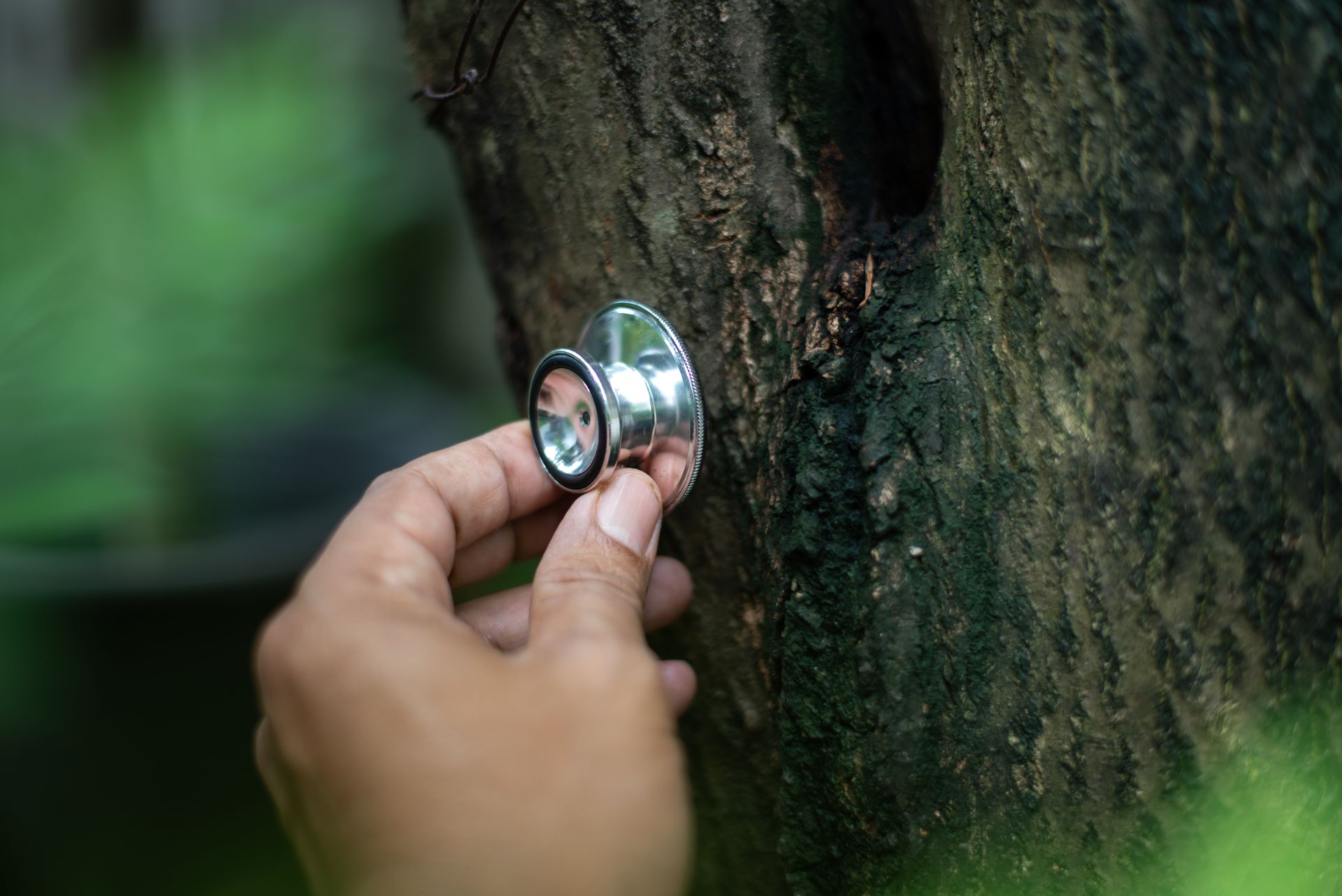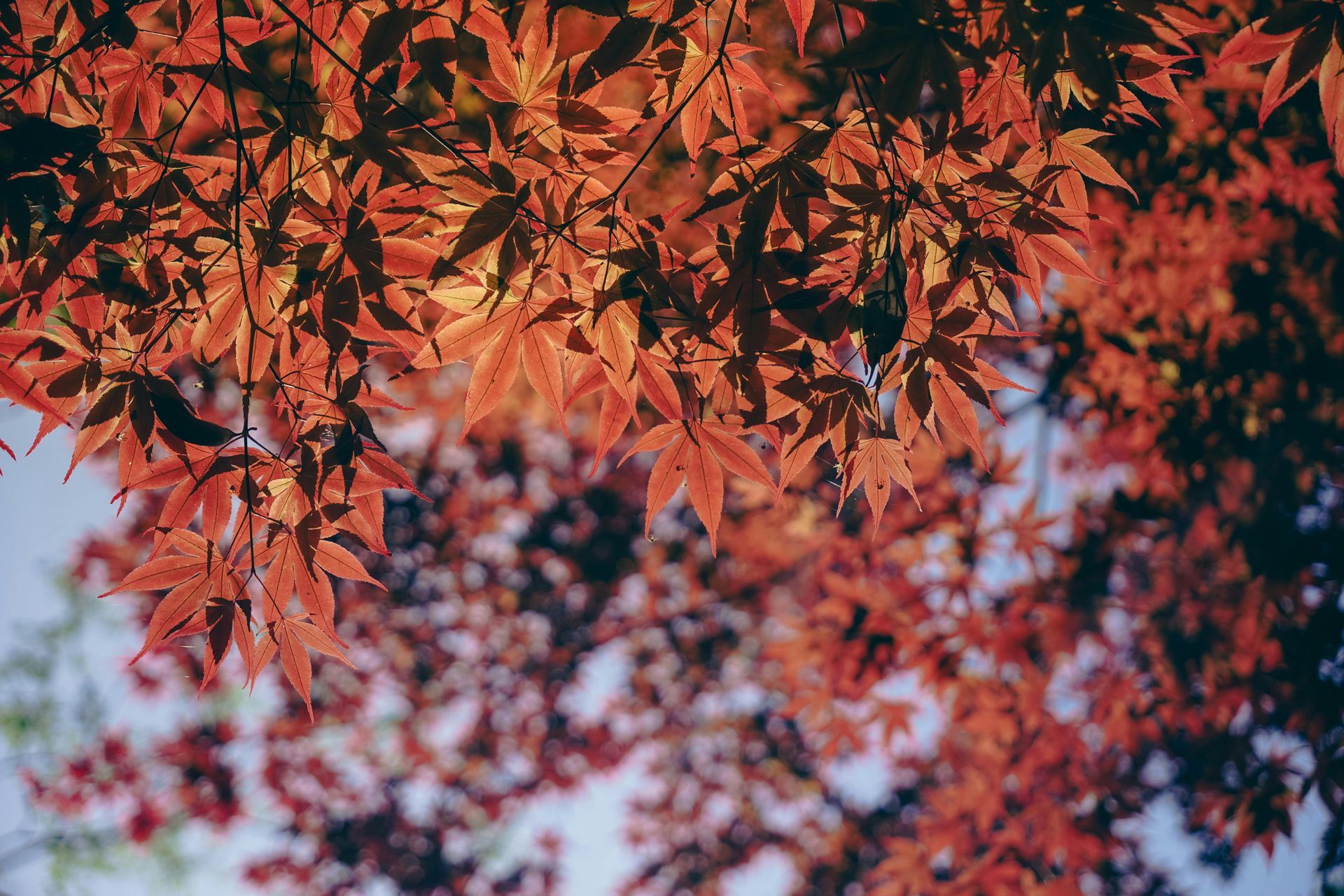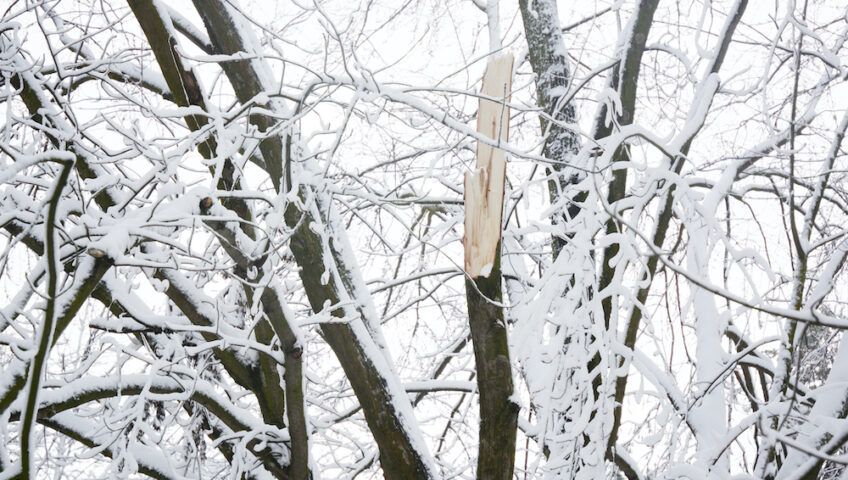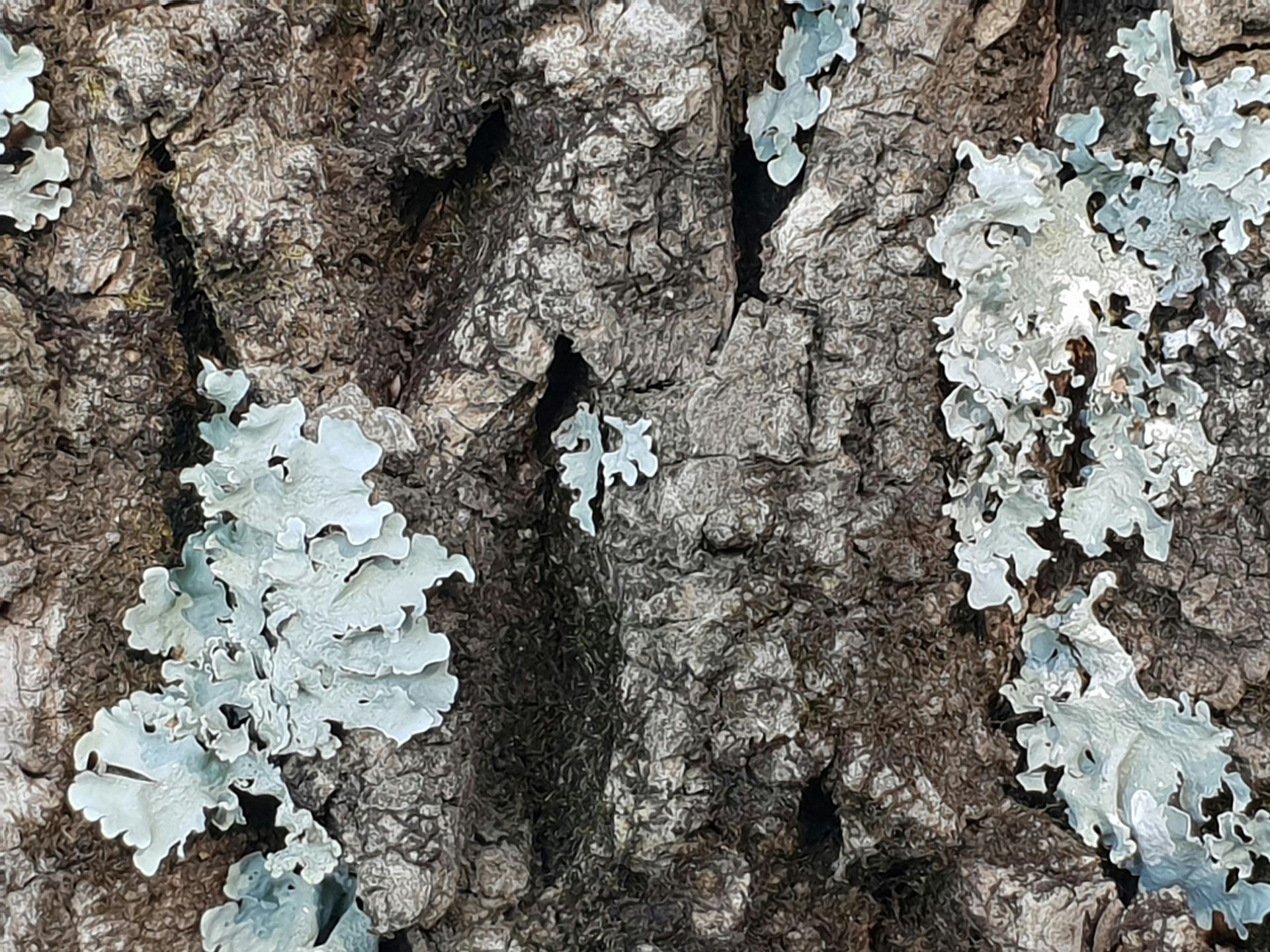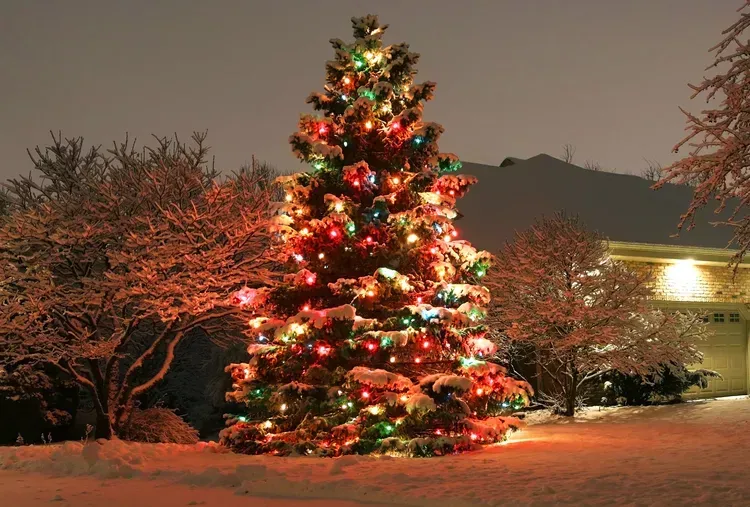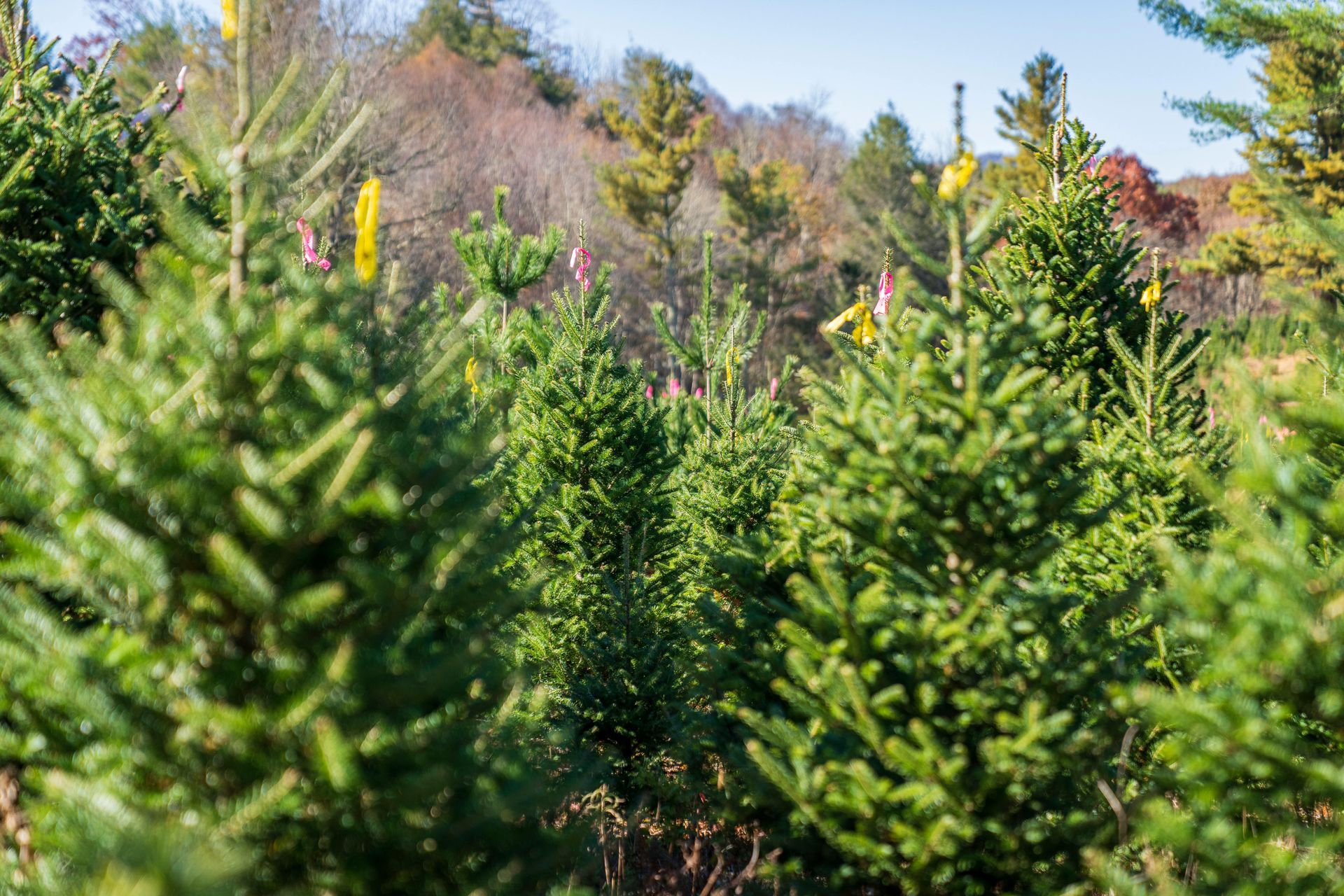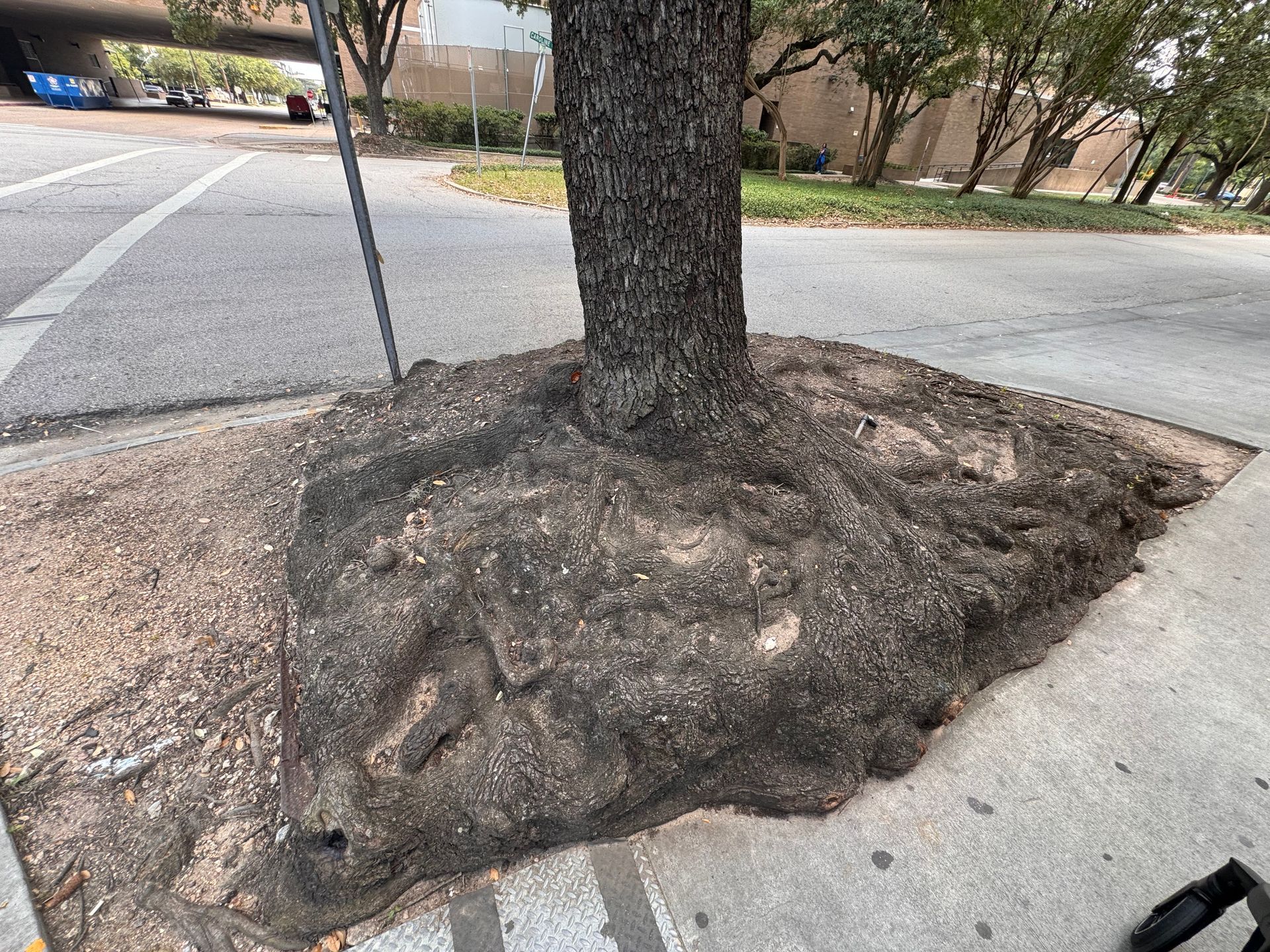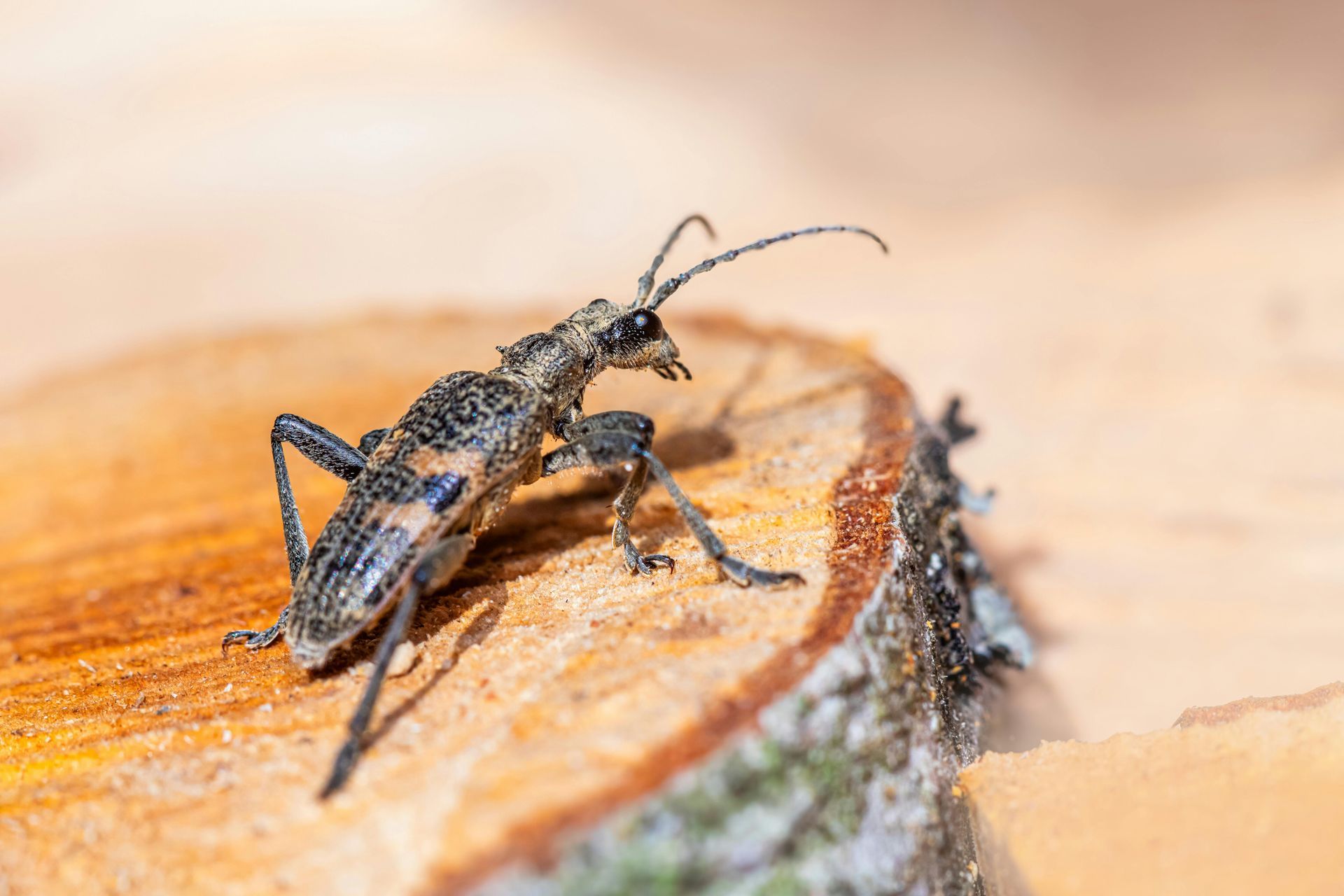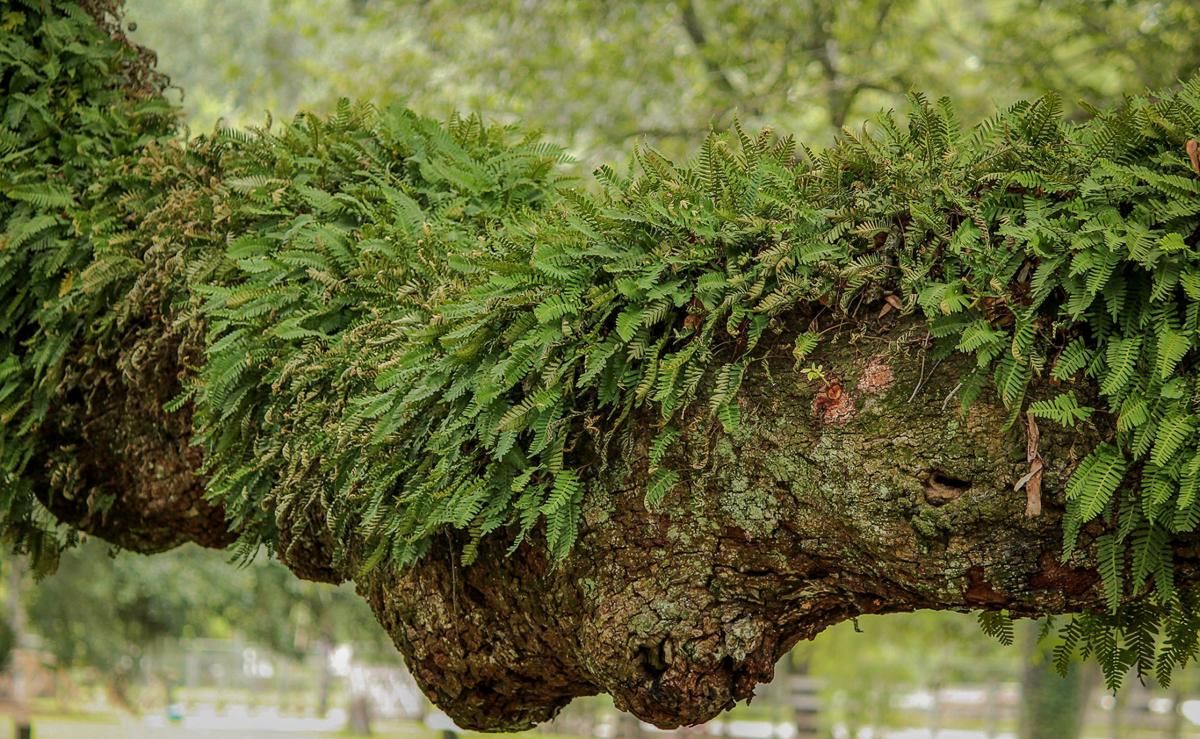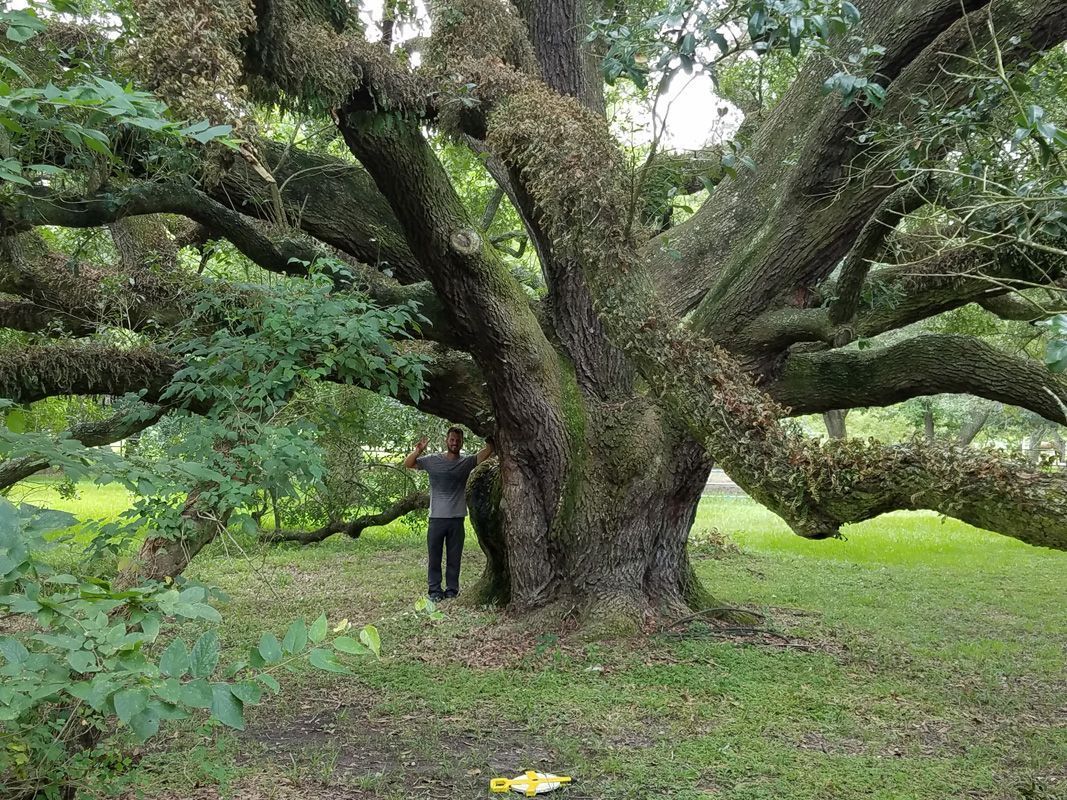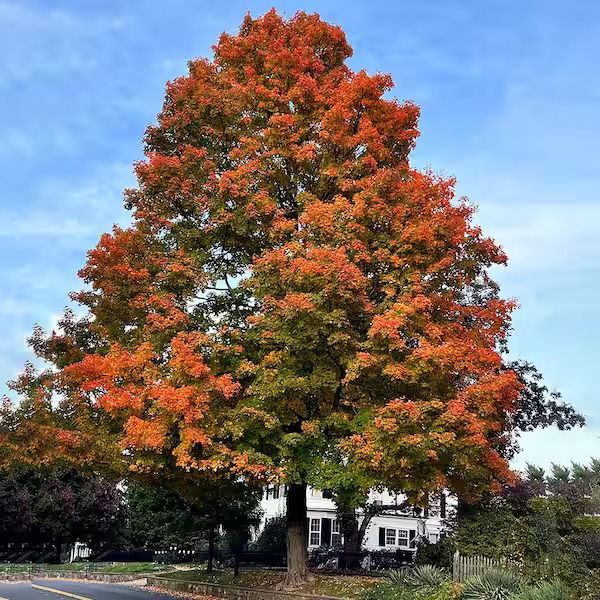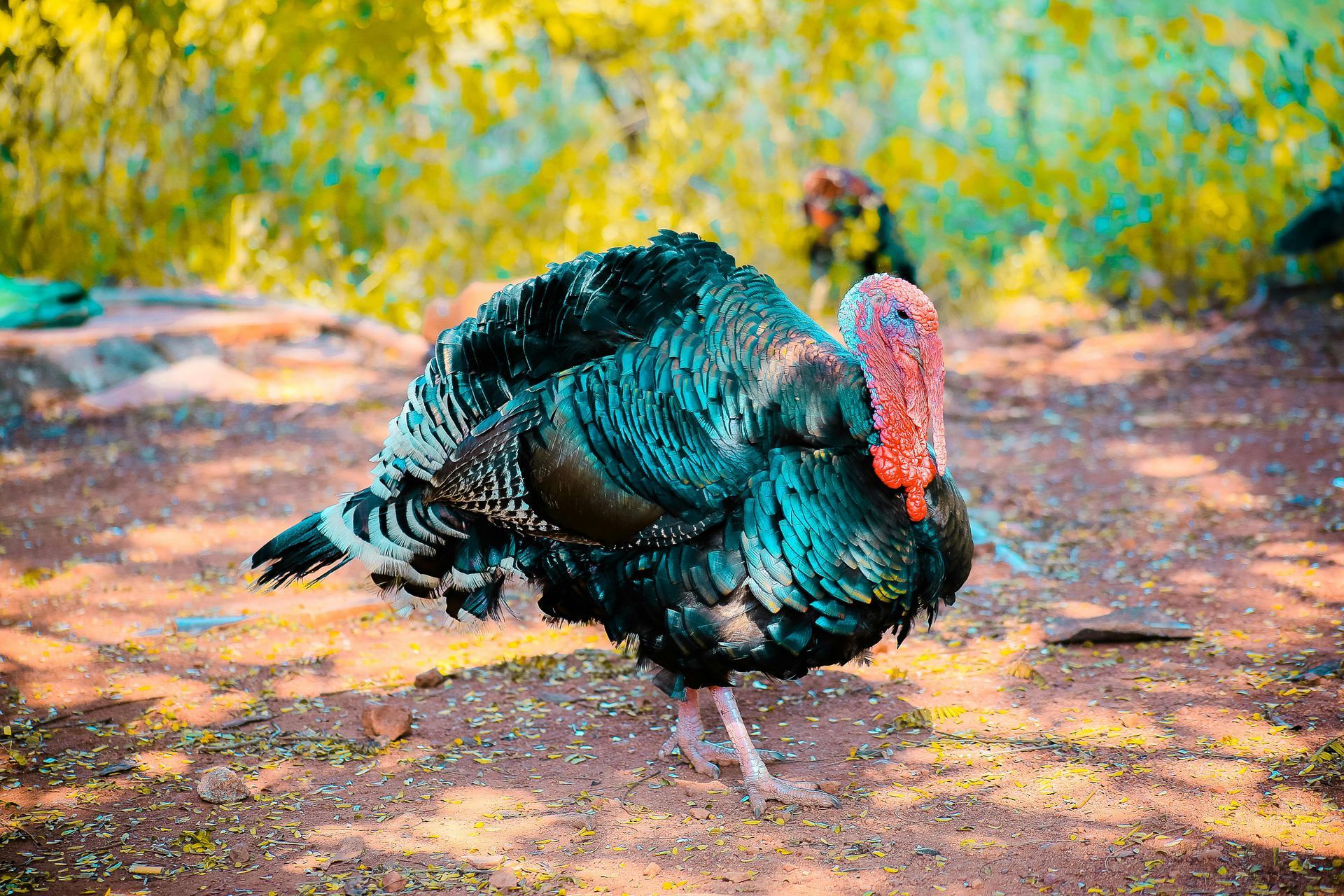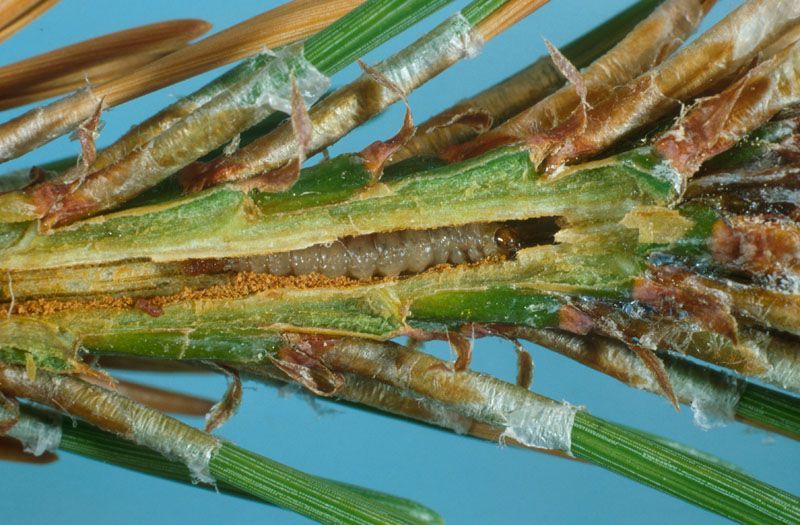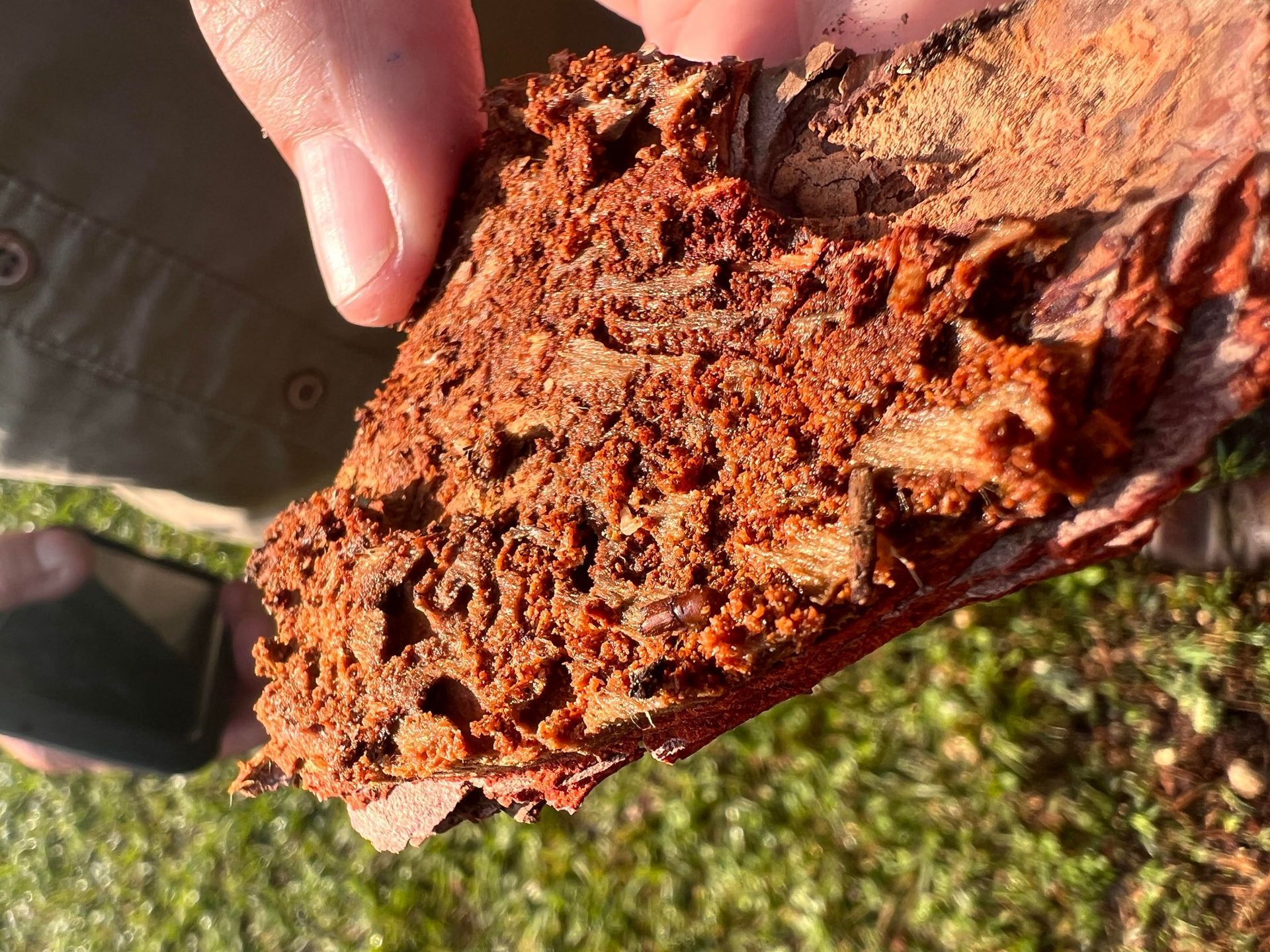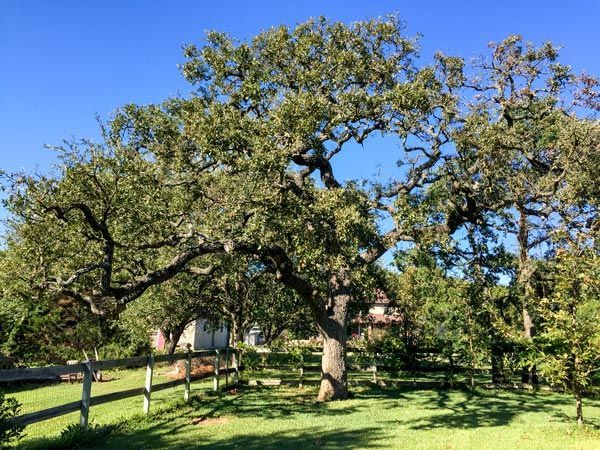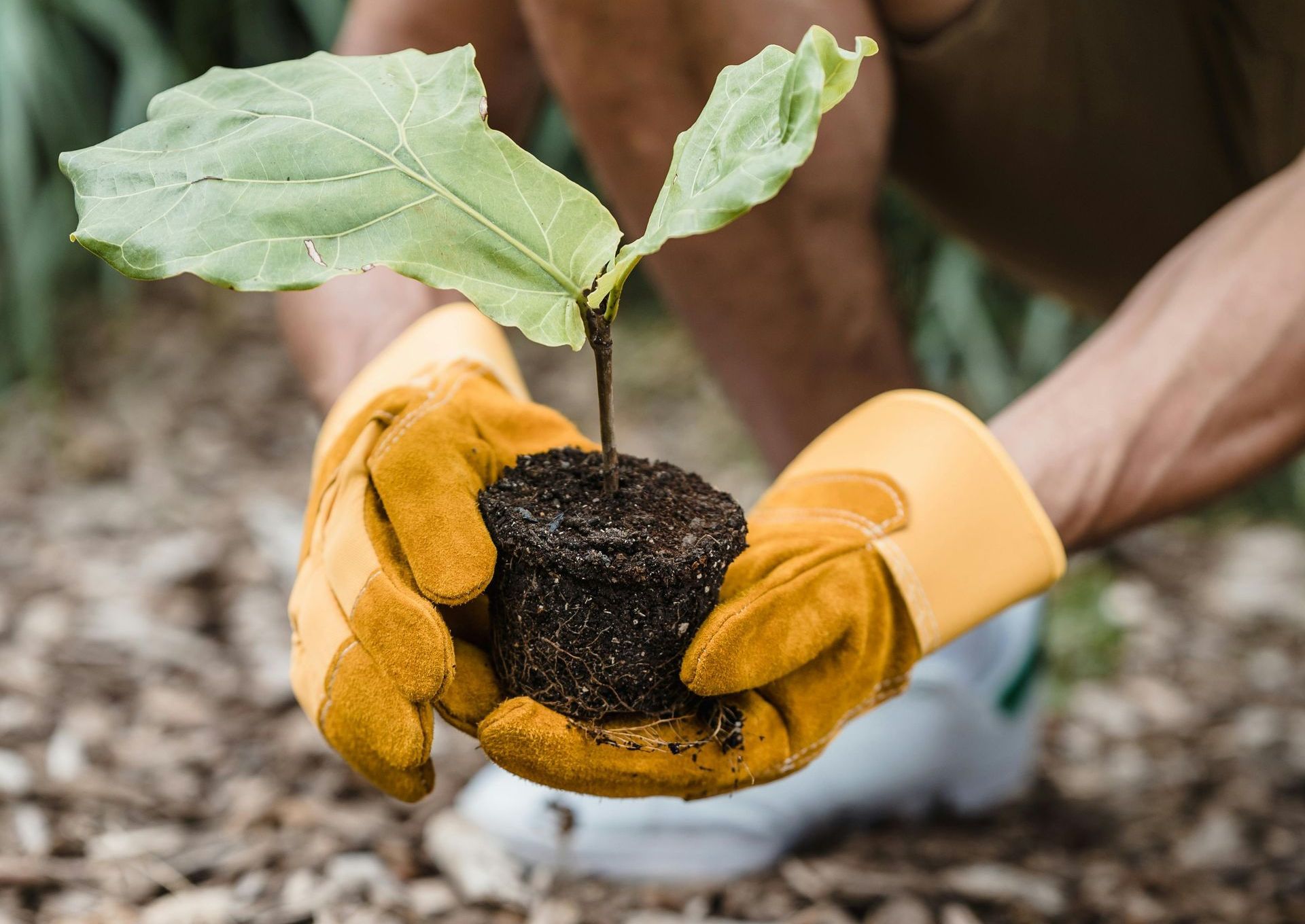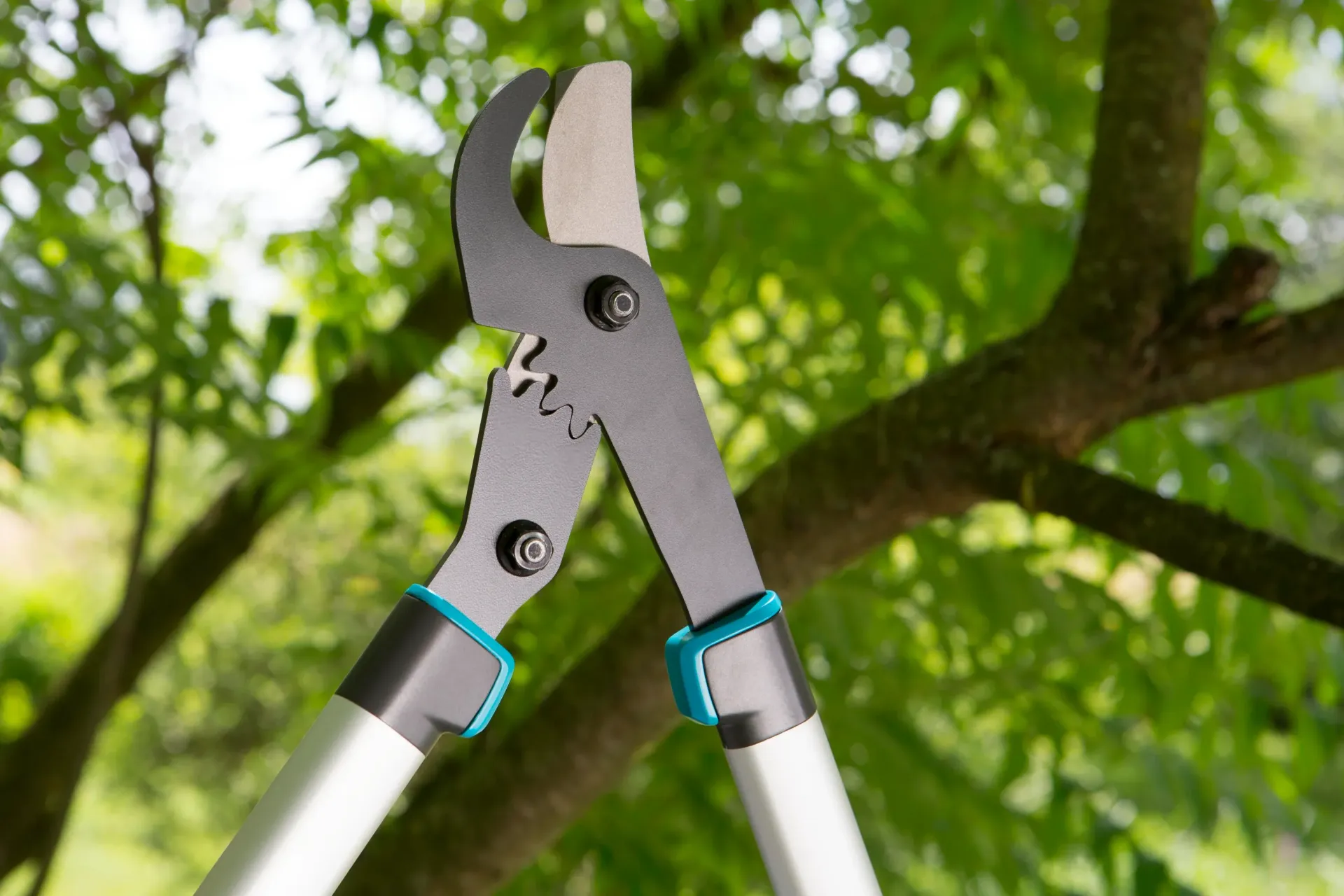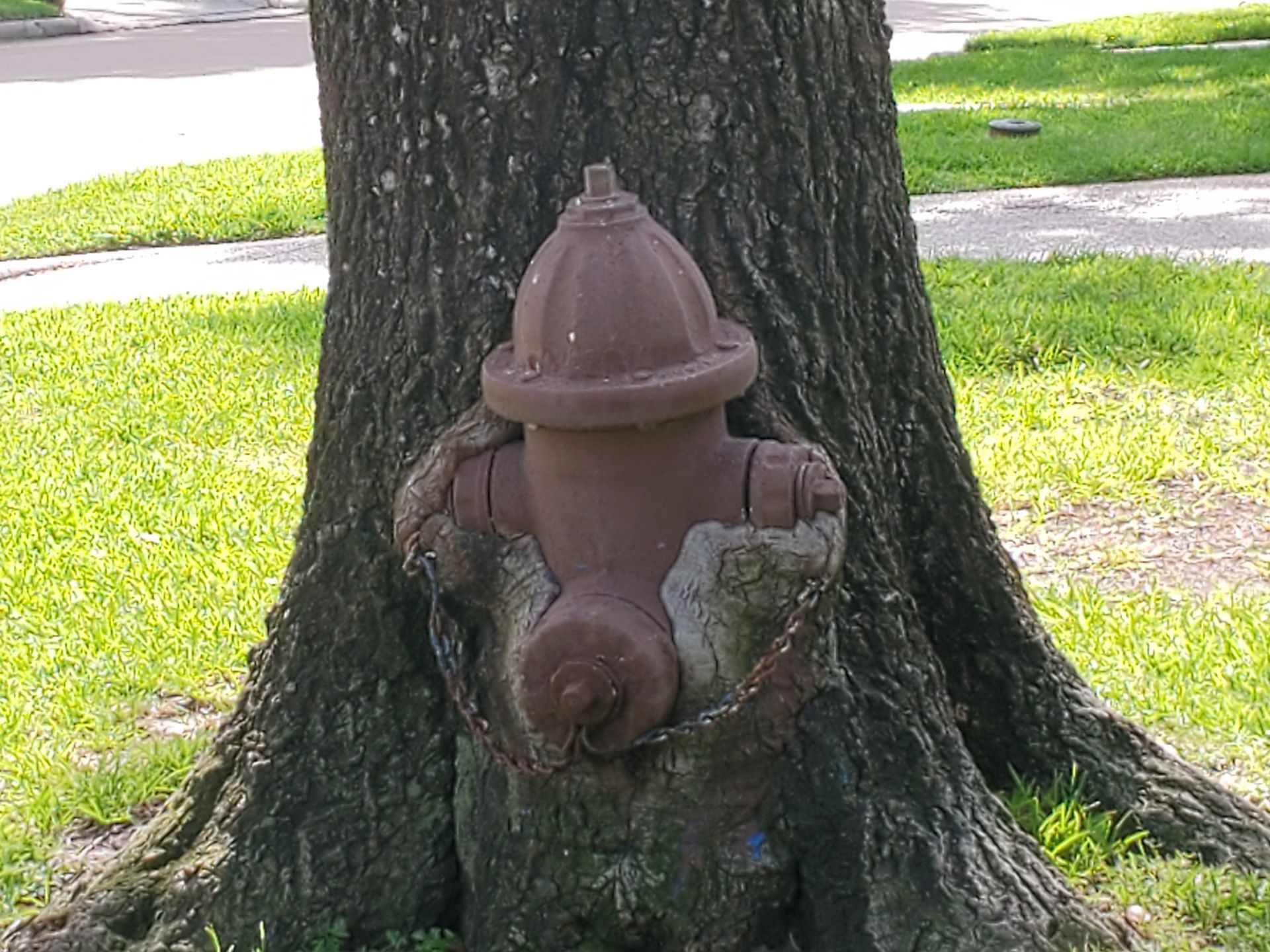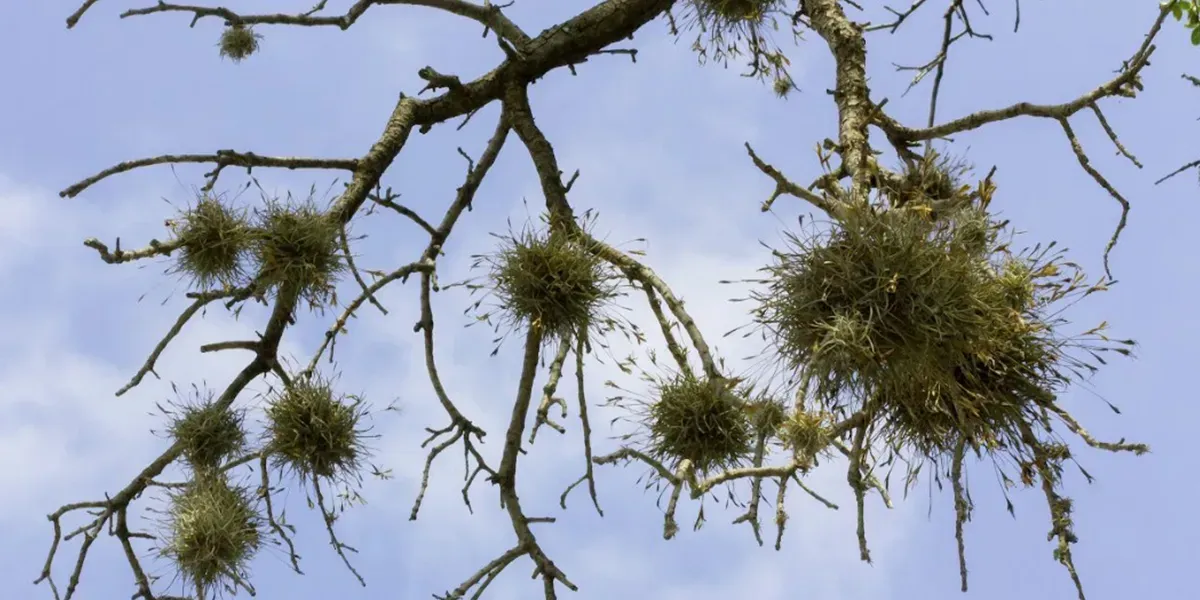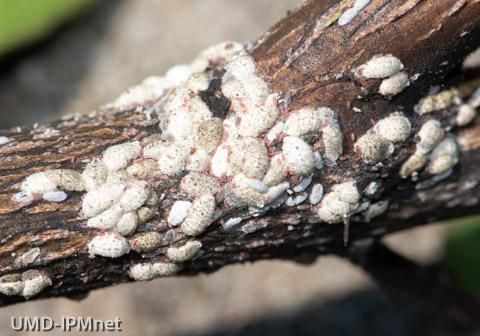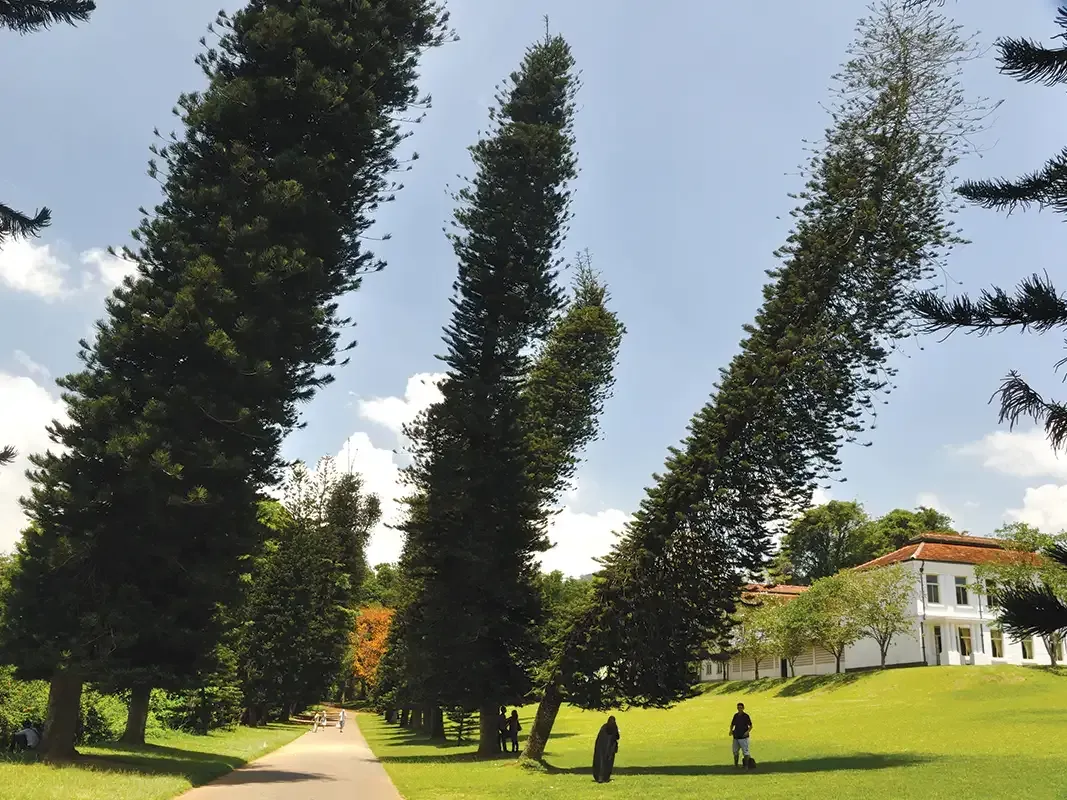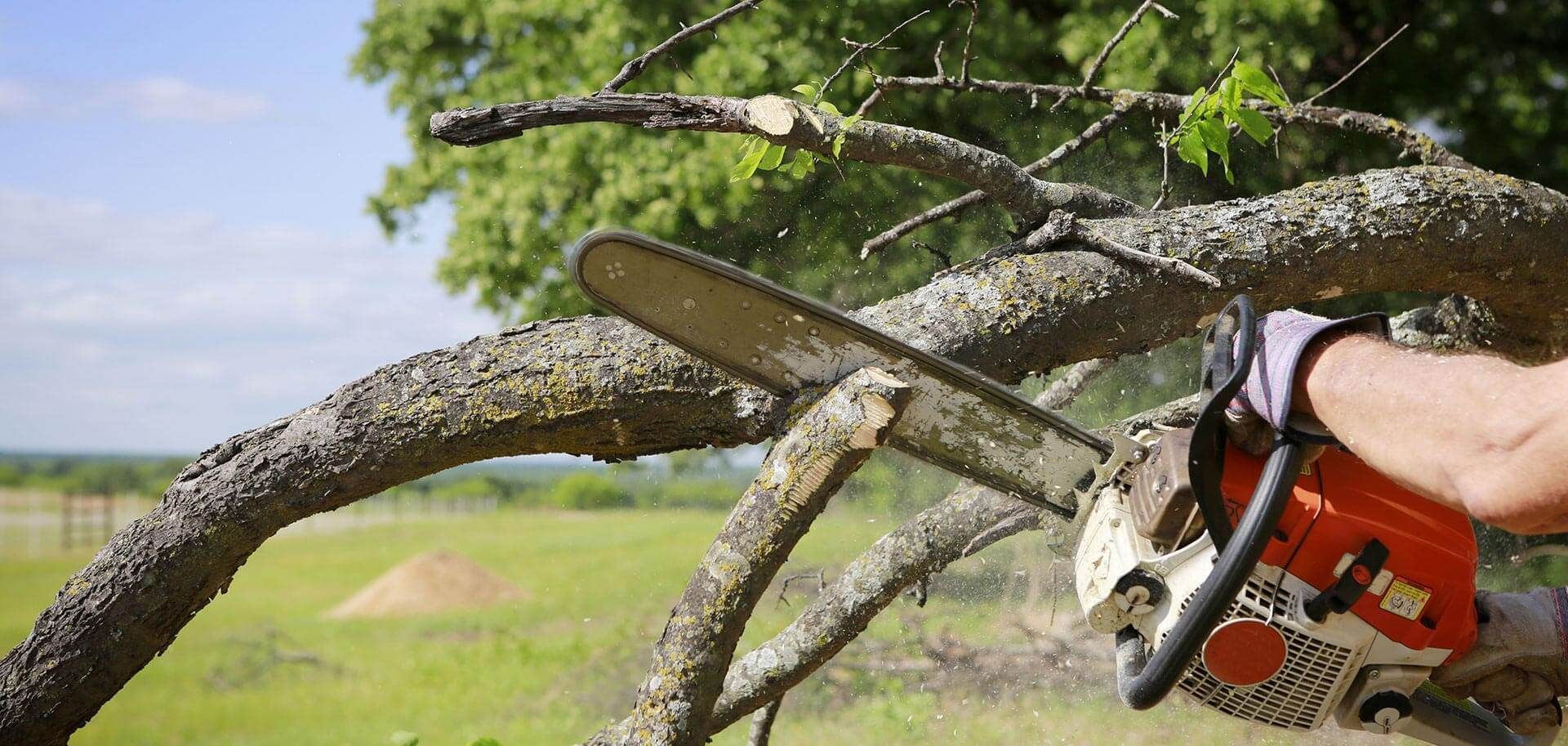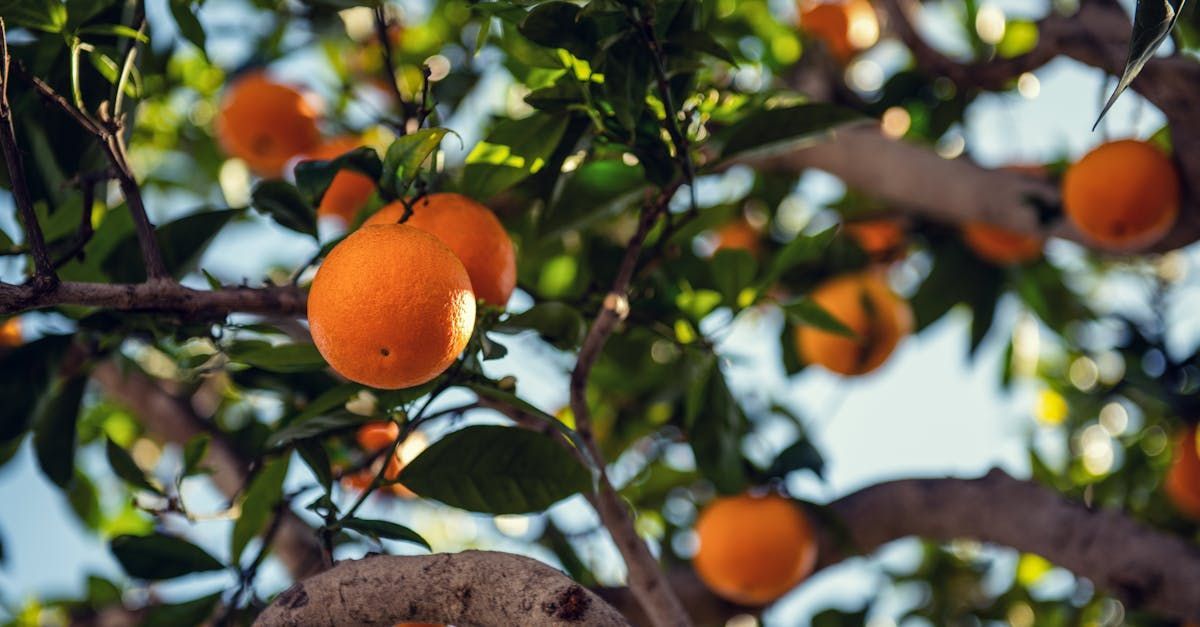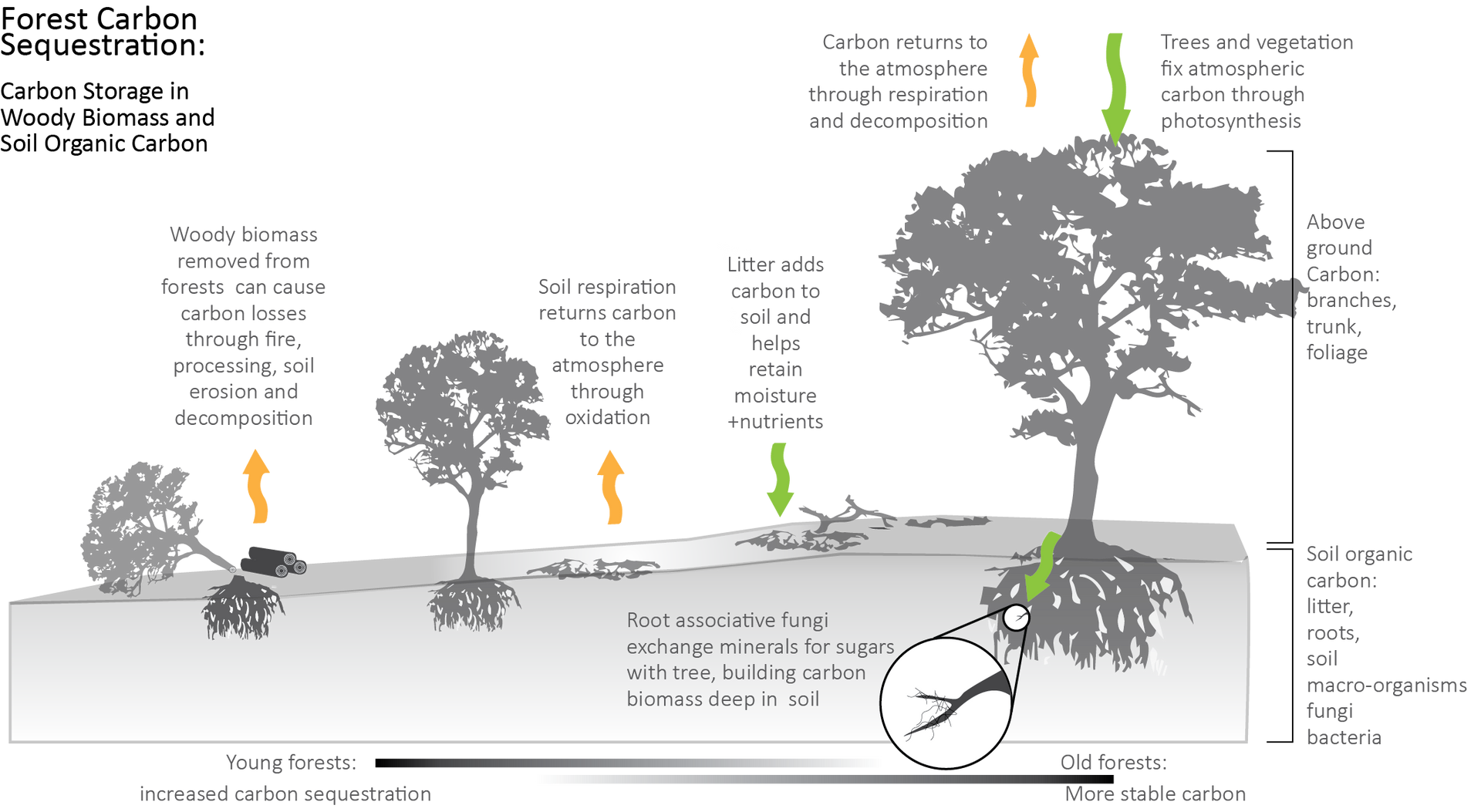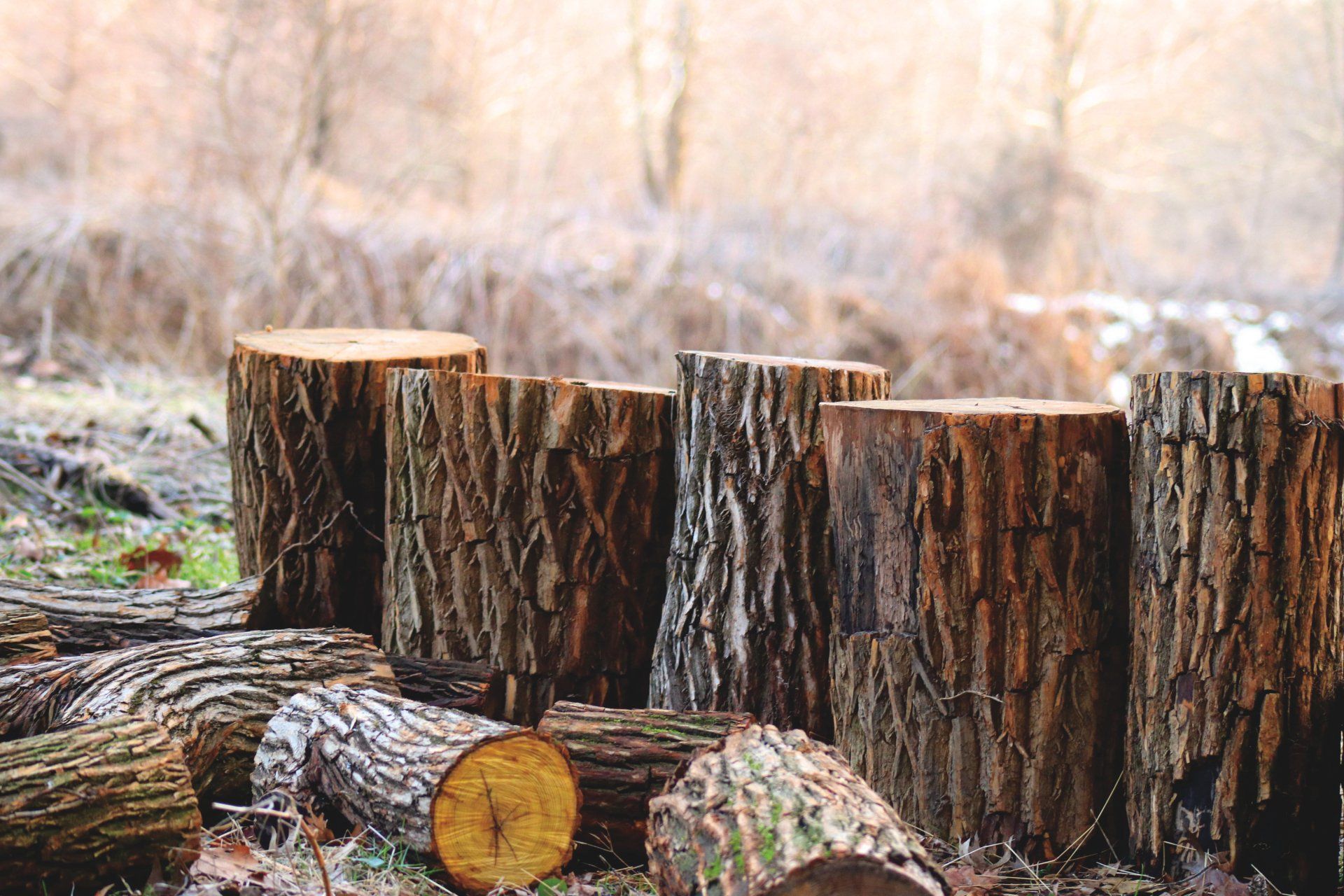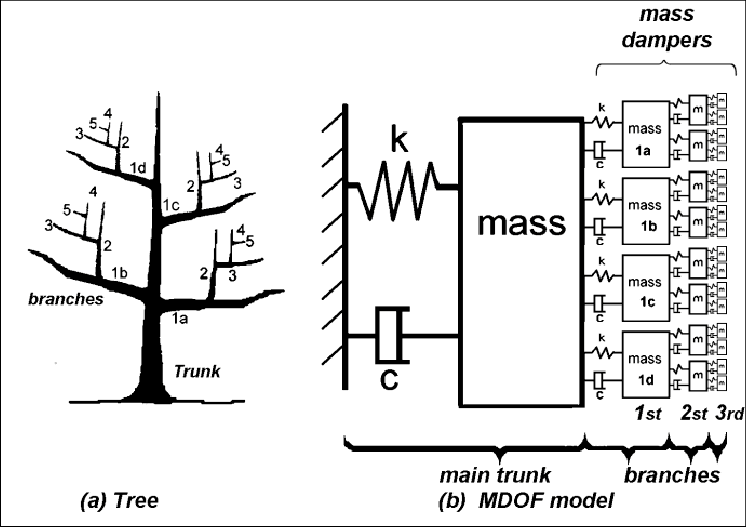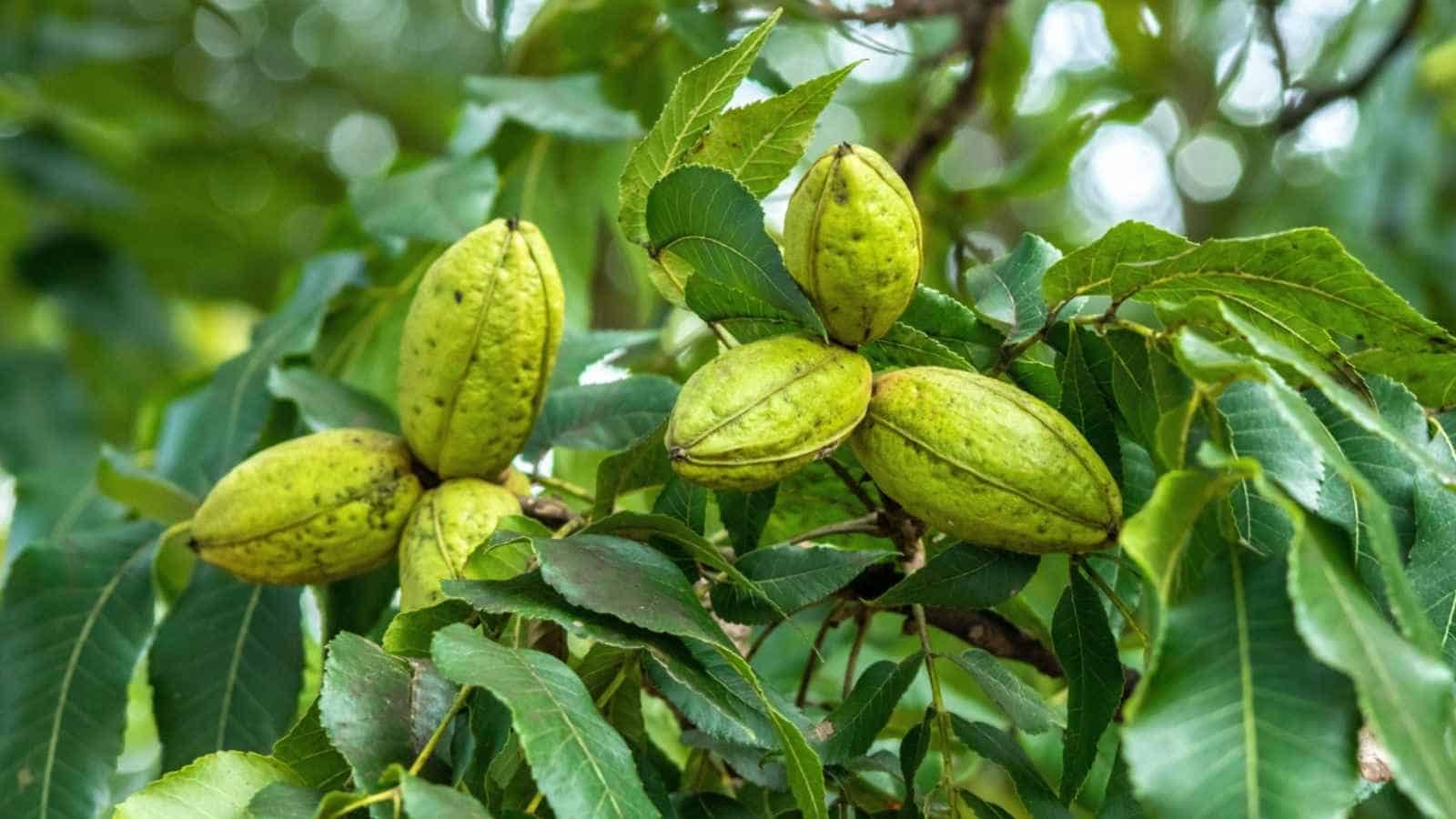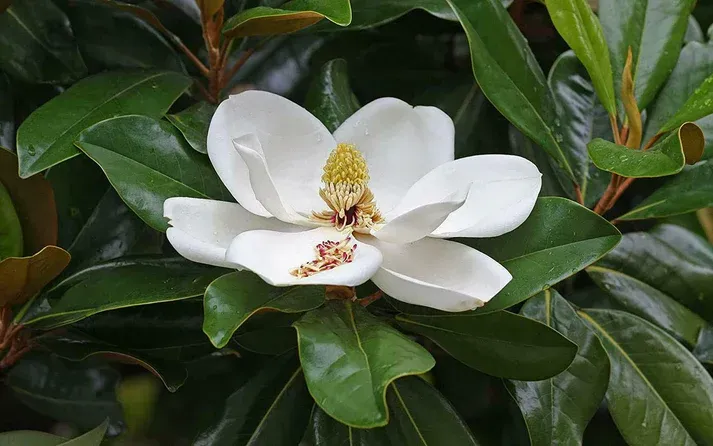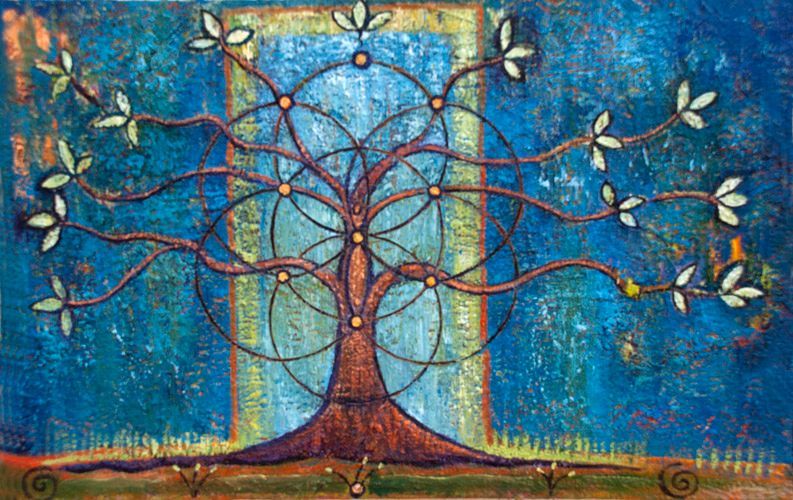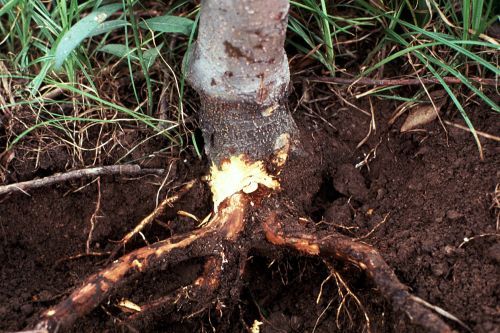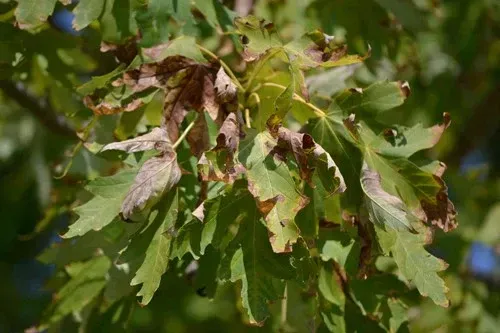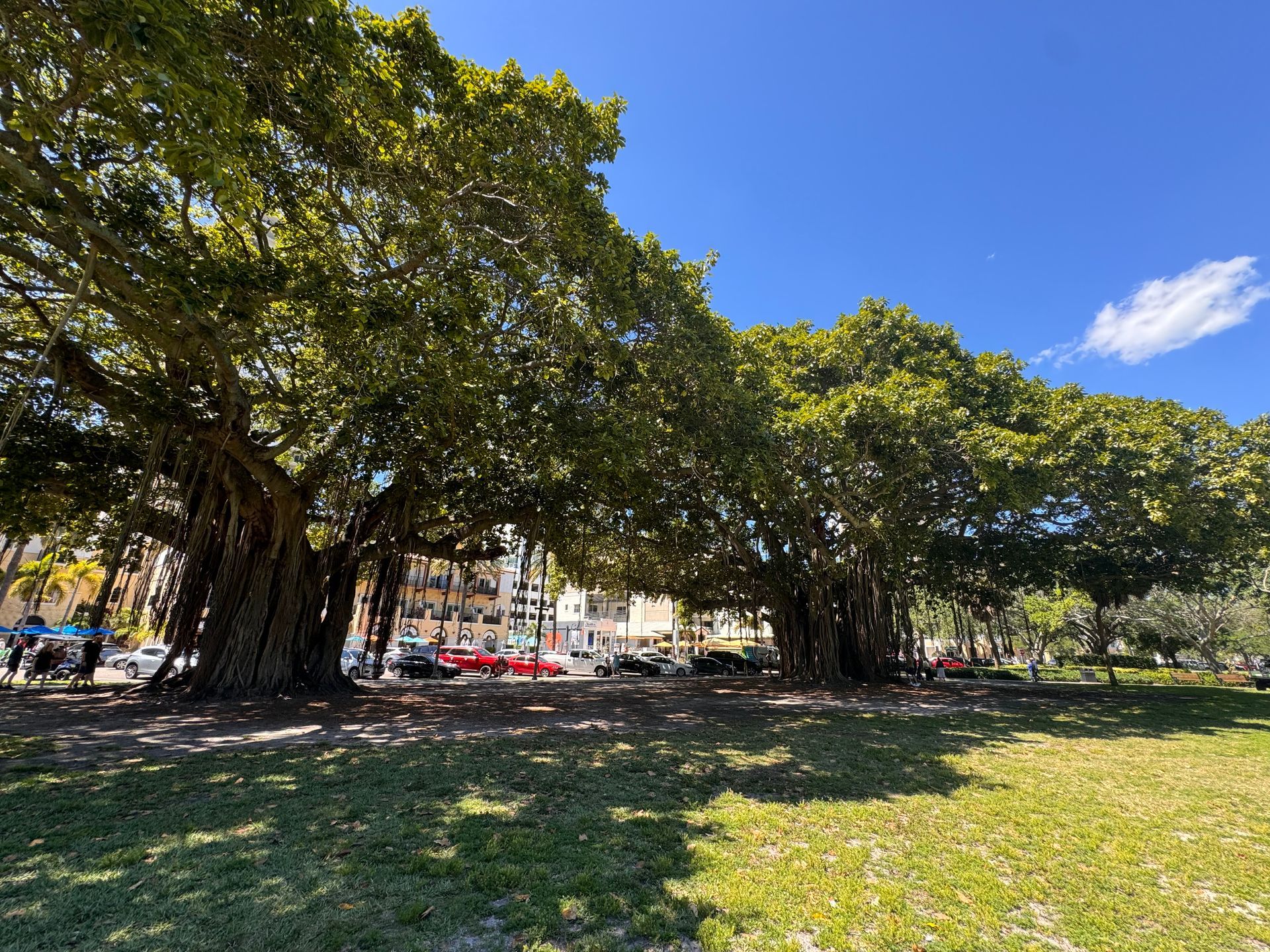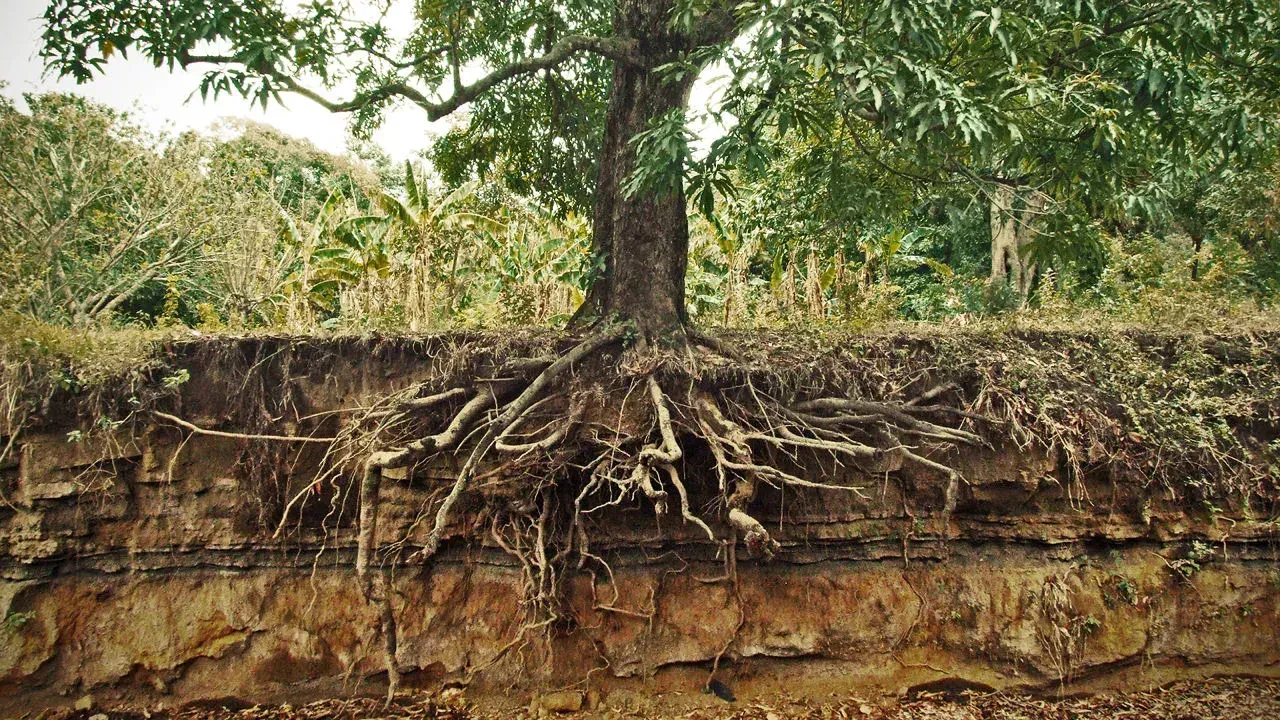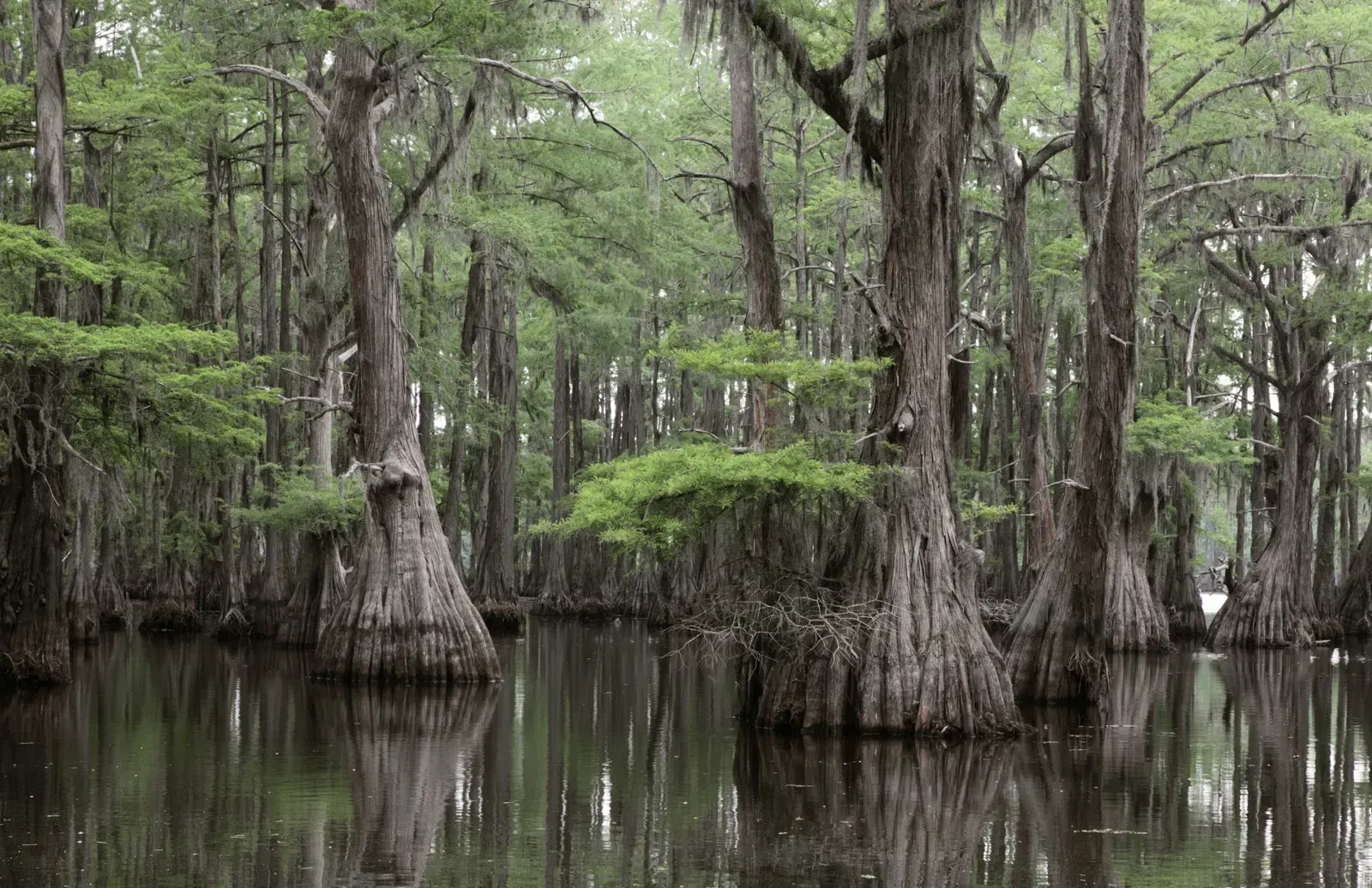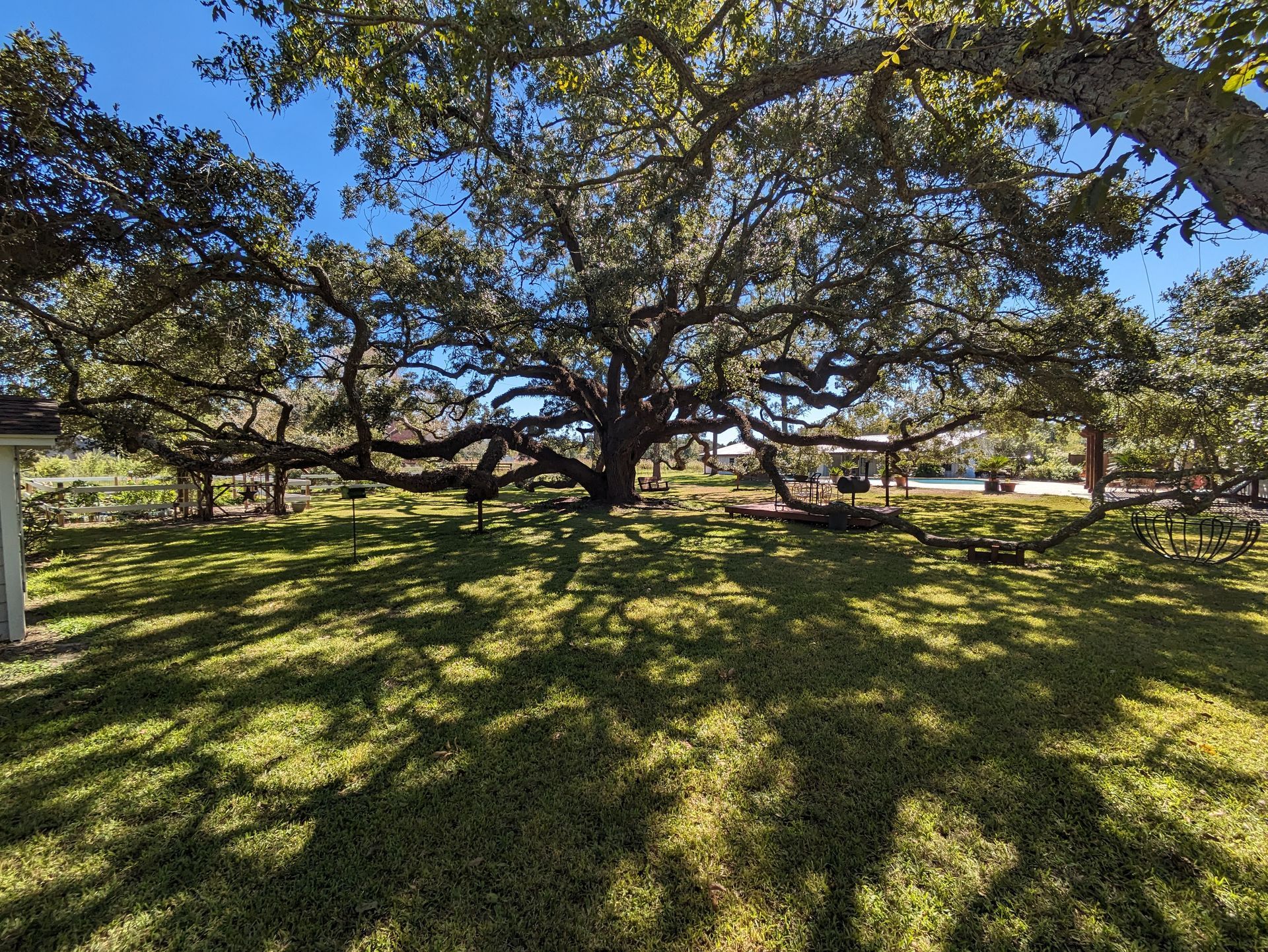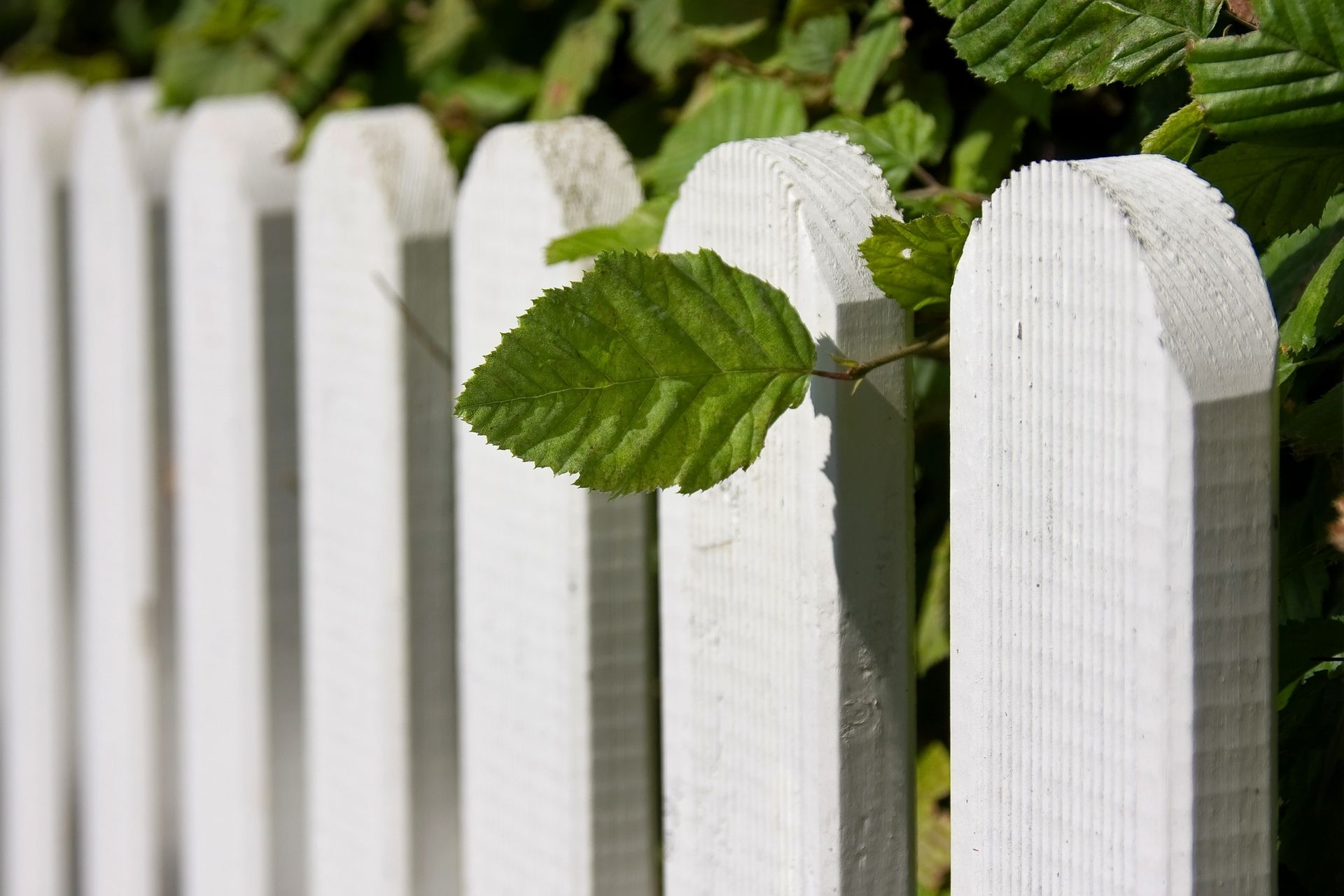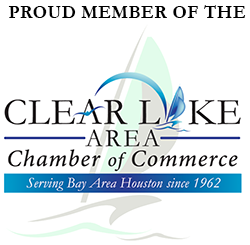Liriope’s Muse: Tree Care Tips from a Master Arborist
TRUSTED TREE CARE SERVICES SINCE 1970
Liriope's Muse: Herbicide injury in trees
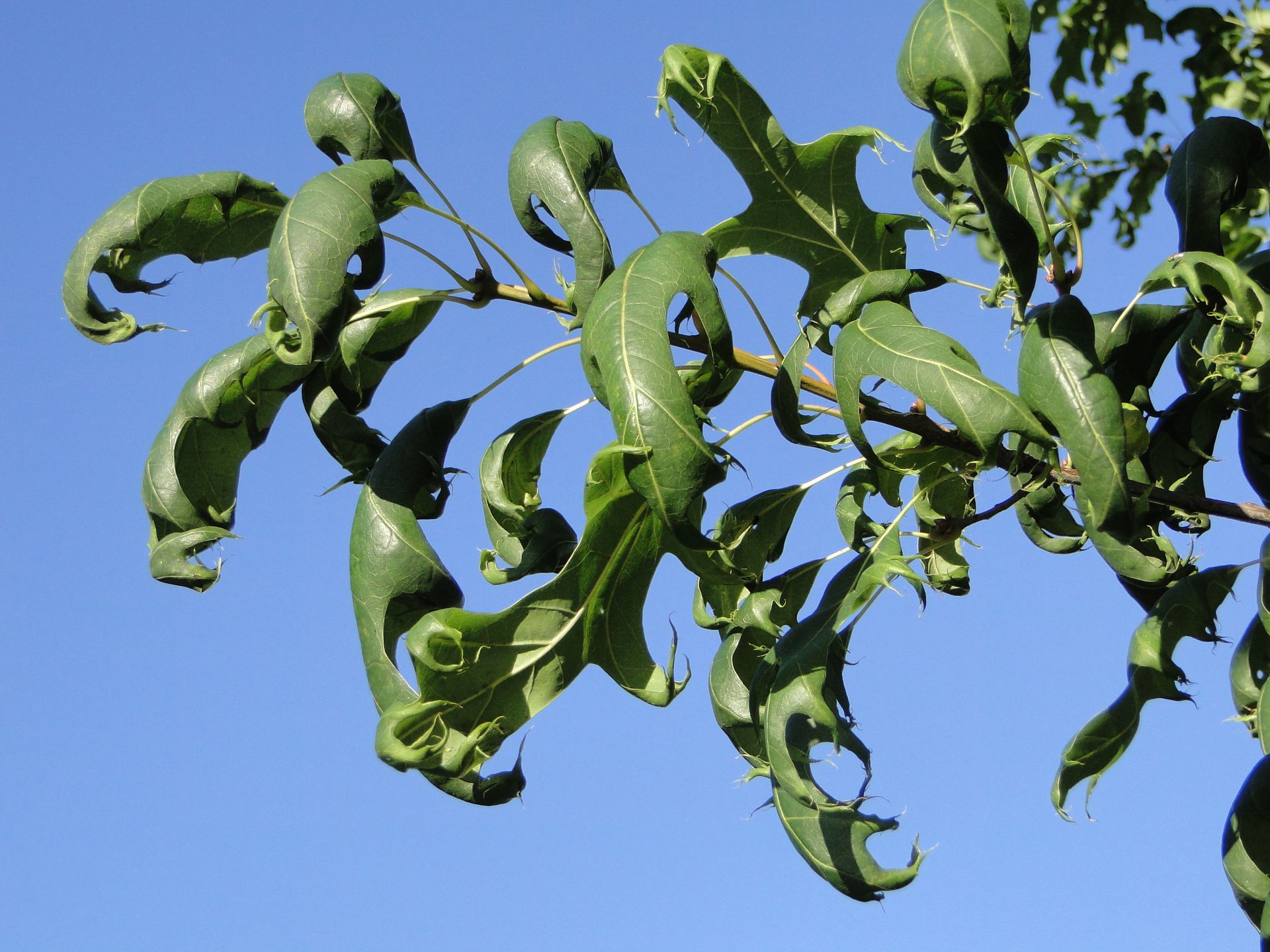
In the tree industry, we are constantly coming across trees who have fallen victim to herbicide damage. In fact, herbicide damage is the most common ailment that we come across. Herbicides, while effective for weed control, can inadvertently harm trees if not applied or managed correctly. Understanding how herbicides affect trees and recognizing the signs of damage is crucial for effective tree care and preservation efforts.
How Herbicides Affect Trees
Herbicides, also known as weed-killer, are chemically replicated allelopathic hormones used in yards to manipulate or control undesirable weeds and plants. There are two kinds of herbicides selective and non-selective (or “total weed killers”). Selective herbicides target specific plant or vegetation groups, while non-selective herbicides kill all plants indiscriminately.
The potential effects of herbicides are strongly influenced by their toxic mode of action and their method of application. Herbicides act by inhibiting cell division, photosynthesis or amino acid production or by mimicking natural plant growth hormones, causing deformities and rendering the affected plants unviable and unable to replicate. In your yard, herbicides alter the PH of the surrounding soils and damage the essential microbial flora. They can enter trees through various pathways:
- Root Uptake: Herbicides applied to the soil can be absorbed by a tree's roots and transported throughout the tree via the vascular system.
- Foliage Contact: Sprayed herbicides are absorbed directly into the exposed tissues, such as bark and foliage, and translocated throughout the tree.
Signs of Herbicide Damage
Recognizing herbicide damage early is crucial for mitigating its effects. Symptoms may vary depending on the herbicide type, concentration, tree species, and environmental conditions, but common signs include:
- Leaf Abnormalities: leaf cupping, curling, twisting, puckering, or strapping.
- Discolored foliage: yellow, white, reddish, purplish, or abnormally light or dark green leaves.
- Leaf Drop: Premature leaf drop, especially outside of the tree's normal shedding season.
- Stunted Growth: Reduced growth or dieback of shoots and branches.
- Bark Damage: Bark splitting, cracking, or peeling.
- General Decline: Overall decline in tree health, including reduced vigor and greator susceptibility to pests and diseases.
**Damage from weather, insects, and diseases can be confused with herbicide damage. So its important to consult with a certified arborist to properly identify and diagnose the issue. There is herbicide injury look-alike symptoms that match every disease/disorder.
Preventative Measures
Preventing herbicide damage starts with careful application and adherence to best practices:
- Read The Labels: It is important that you follow herbicide label instructions exactly as outlined, especially those that help limit drift, vaporization, and runoff. Look for precautionary statements regarding trees.
- Choose The Right Location: Be aware of surrounding properties with sensitive vegetation including parks, gardens, windbreaks, landscape nurseries, orchards, vineyards, organic farms, native woodlands, and other natural areas.
- Application Timing: Most damage occurs in spring when trees and other plants are leafing out with susceptible new growth. So try to shift weed control to fall when many weeds are more easily controlled and damage to trees is reduced. Monitor temperature, wind speed, and wind direction, avoid spraying on warm, windy days.
- Buffer Zones: It’s crucial that you maintain buffer zones between treated areas and trees to minimize accidental exposure. Keep in mind the trees root system expands well beyond the canopy edge.
- Alternative Methods: Consider alternative weed control methods, such as mulching, mowing often, or hand weeding.
Herbicide damage to trees can be a serious issue, but with proper understanding, early detection, and effective management strategies, you can significantly improve the chances of tree recovery. By staying informed and proactive, we can better protect our urban and natural tree populations from unintended harm.
Remember, every tree is unique, and timely intervention can make a significant difference in preserving their health and beauty for years to come.
Resources I found useful during my research:
https://en.wikipedia.org/wiki/Herbicide
https://nfs.unl.edu/publications/herbicide-damage-trees
https://extension.umd.edu/resource/herbicide-damage-trees-and-shrubs/
Liriope’s Muse - Expert Tree Care Tips
